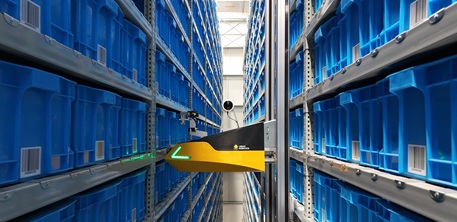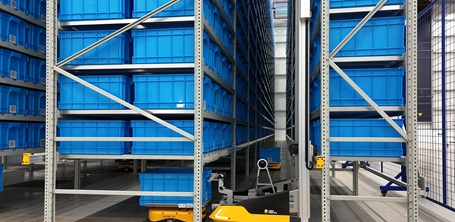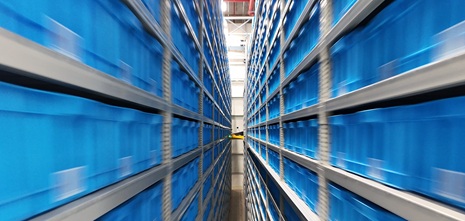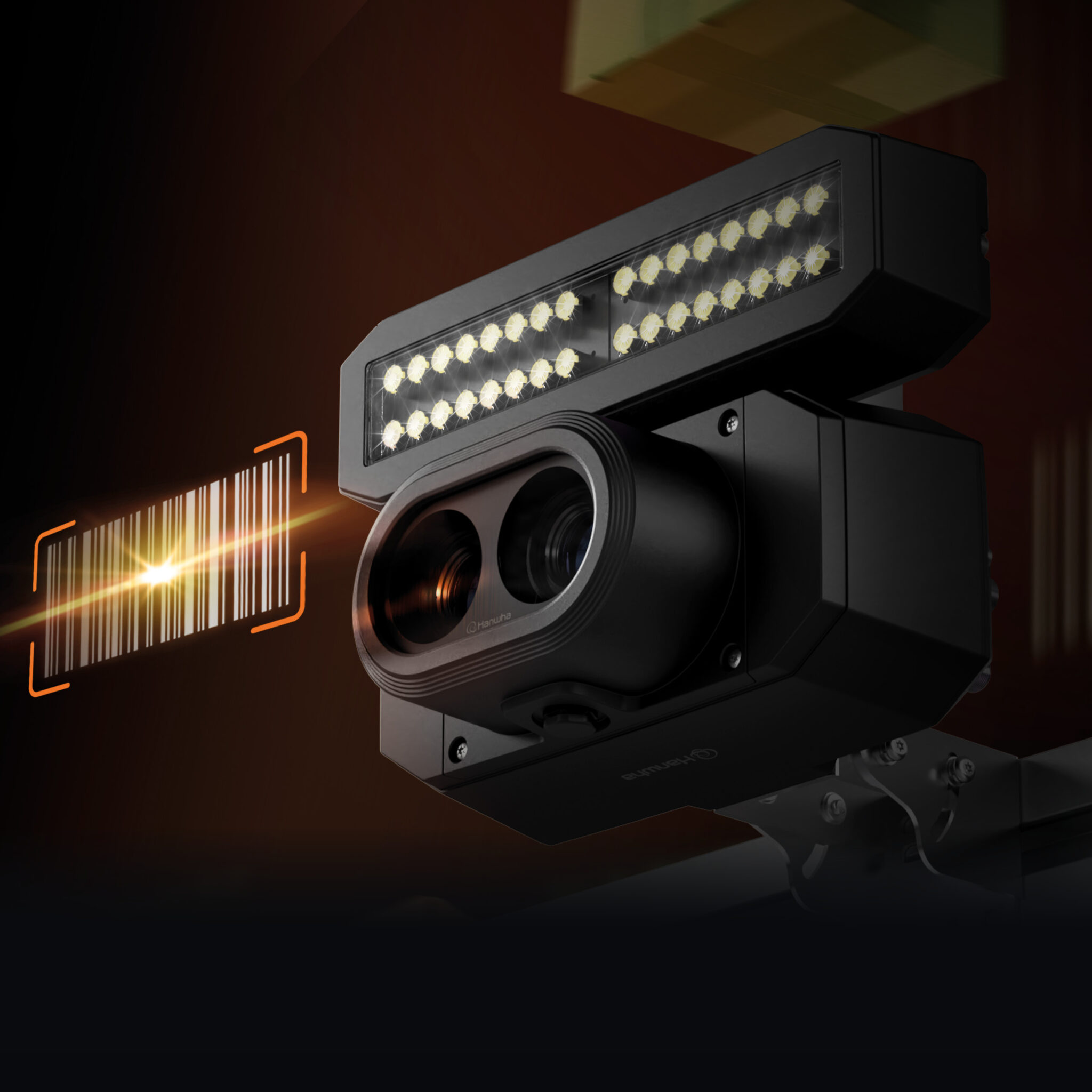While the main focus is on tariffs, trade lanes – as arteries of the world economy – have turned global logistics operators into key players, writes guest columnist Gino Baldissare.
More than five decades ago, there were some commodities that played a key role in the global economy: grains, petroleum and metals. They were like certain electrolytes that are critical for the human body. Today, while they remain key to our economic development, others have joined the ranking, especially those linked to the technological industry: rare earths.
But if we aim to complete the Top 5 of key commodities, we must have a look at a more intangible sector, like the cardiovascular system of global value chains: international logistics. Whether we look at the last four or five years, or the last four or five months, we can see how important global logistics operators have become. This is the reason why the magnifying glass of international geopolitics is on them.
In order to dive into some examples, we can start with some triggering names like Cosco Shipping, Panamá, China, United States, and Germany, to say a few.
Targeting China`s Logistic Arms
The China Ocean Shipping Company (COSCO) is the third-largest shipping company in the world. It is considered a strategic agent of the Chinese Government when it comes to worldwide transport and logistics; the same as Hutchinson Ports, the port business unit of CK Hutchinson Holdings Ltd.
Last January, the United States added COSCO to a list of companies that allegedly support China’s military foreign policy, explicitly qualifying them as ‘Chinese military companies’, because of having provided commercial services or goods to the People’s Liberation Army or related organizations. It must be remarked that it is a blacklist for the Department of Defense, mostly targeting companies with potential impact on national security.
Shortly after the blacklisting became public, COSCO published a statement: “COSCO SHIPPING and its subsidiaries have consistently adhered to local laws and regulations, maintaining strict compliance in all international operations. We remain committed to facilitating global trade and providing high-quality commercial shipping and logistics services to clients worldwide, including agricultural producers, manufacturers, energy firms, retailers, and exporters in the United States”.
In the same month, the US escalated its actions focused on China’s increasing role in the international maritime market. The Office of the Trade Representative (USTR) published the Report on China`s Targeting of the Maritime, Logistics and Shipbuilding Sectors for Dominance, which informs that “China increased its share of global shipbuilding tonnage from 5% in 1999 to over 50% in 2023 because of massive state subsidies and preferential treatment for state-owned enterprises that are squeezing out private-sector international competitors. The agency said that U.S. shipyards were building 70 ships in 1975, but just five annually today”.
However, it is not only an action over China’s growing domination of the global shipbuilding. The fees are intended to curb China’s growing commercial and military power on the maritime market and promote domestically built vessels inside the United States. This USTR proposal of charging up to $1.5 million for Chinese-built vessels entering US ports, initiated during Biden administration, did not change once Trump debuted his second presidential period. During April 2025, it has been implemented through more specific actions and periods of time, aiming to a phased in approach to avoid a sudden shock.

The instrumentation considers a grace period of 180 days, after which it will include:
• Fees on China-based vessel owners and operators based on net tonnage per US voyage.
• Fees on operators of Chinese-built ships based on net tonnage or containers discharged.
• To incentivise US-built car carrier vessels, fees on foreign-built car carrier vessels based on their capacity.
Why COSCO?
While it operates as a commercial entity, it is subject to government oversight through monitoring by governmental bodies, that regulate not only corporate governance but also ensure the company adheres to national security and economic policies. The State-owned Assets Supervision and Administration Commission (SASAC) is the Chinese body that controls state assets and ensures they are used in alignment with government priorities. SASAC monitors the performance of state-owned enterprises like COSCO, making sure they contribute to China’s broader economic, strategic, and foreign policy goals.
Therefore, while not being a direct ‘executing arm’ of China’s foreign policy, its operations within the logistic field align closely with China’s strategic goals, especially through initiatives like the ‘Belt and Road’ and its global shipping and port investments. The company is expected to support China’s economic and geopolitical goals.
In Europe
During the last 15 years, COSCO’s investments in European ports have been growing, not only in terms of participation percentages in port terminals management, but also from a geographical perspective. Targeting ports both on the North Sea and in the Mediterranean plays a significant role in terms of strategic trade lanes.
The most recent example is Hamburg Port. In 2022, the proposed investment by COSCO Shipping Ports Limited (CSPL) in the Port of Hamburg’s Container Terminal Tollerort (CTT) became a focal point of political debate within Germany. Initially, COSCO aimed to acquire a 35% stake in CTT, a terminal operated by Hamburger Hafen und Logistik AG (HHLA). However, the German government approved a reduced investment of 25%, ensuring that COSCO would not gain management rights or strategic influence over the terminal.
This decision was not without controversy. The German Foreign Ministry expressed concerns that the investment could disproportionately enhance China’s strategic influence over German and European transport infrastructure, potentially increasing Germany’s dependence on China. The ministry highlighted risks of allowing China to politically instrumentalize critical infrastructure in times of crisis.
Chancellor Olaf Scholz advocated for the investment, emphasizing its economic benefits and downplaying security risks. He argued that rejecting the deal could harm Hamburg’s competitiveness as a major European port. Conversely, other government factions opposed the investment, citing security and sovereignty concerns. HHLA clarified that the investment would not grant COSCO access to the Port of Hamburg or HHLA, nor would it provide strategic know-how. The port infrastructure would remain publicly owned, and HHLA would retain sole control over all major decisions. The terminal would remain open to all customers, with COSCO not receiving exclusive rights.
The Panama Canal
In December 2024, President-elect Donald Trump criticized Panama’s management of the Panama Canal, complaining about the transit fees, and urging Panama to reduce them to avoid any attempt from US to reclaim control. These declarations were not isolated from broader concerns about China’s influence in the region. The US administration expressed apprehensions about potential Chinese control over the canal, suggesting that China could close it during conflicts. Panama consistently denied such claims, reaffirming its independent control over the canal and rejecting any undue foreign influence.
In response, Panamanian President José Raúl Mulino firmly asserted Panama’s sovereignty over the canal. He remarked that every square meter of the Panama Canal and its adjacent zones belongs to Panama and will continue to do so, emphasizing that the nation’s sovereignty is non-negotiable. Mulino also refuted claims of Chinese military presence or control over the canal, stating that “no control, direct or indirect, neither from China, nor from the European Community, nor from the United States or any other power.”
However, these tensions seem to have cooled over the months, reaching a “mutual commitment to address shared security challenges” during April 2025. The Panama Canal Authority (ACP) said this declaration “reaffirms respect for, and the recognition of, Panamanian sovereignty over the interoceanic waterway, as well as compliance with the Neutrality Treaty and the legal framework governing its operation”.
The declaration is also intended to help to develop a compensation mechanism for services provided to warships and auxiliary vessels, seeking a cost-neutral basis, and considering the existing co-operation with the US Department of Defense, in areas including engineering, security, and cybersecurity.
Era of Shipping Geopolitics
These developments highlight the complex interplay of geopolitical interests and national sovereignty over key transport infrastructure and global logistic players around the world. As long as they remain as pivotal assets, attracting the strategic interests of global powers, these tensions are likely to continue as a reflection of the geopolitical landscape surrounding the arteries of the world economy. Today, more than ever, it is clear that it is not only a matter of having the electrolytes. It is key to manage the means to transport them to the destinations of interest.
similar news
Global Supply Chains Forced to Change Rapidly



















